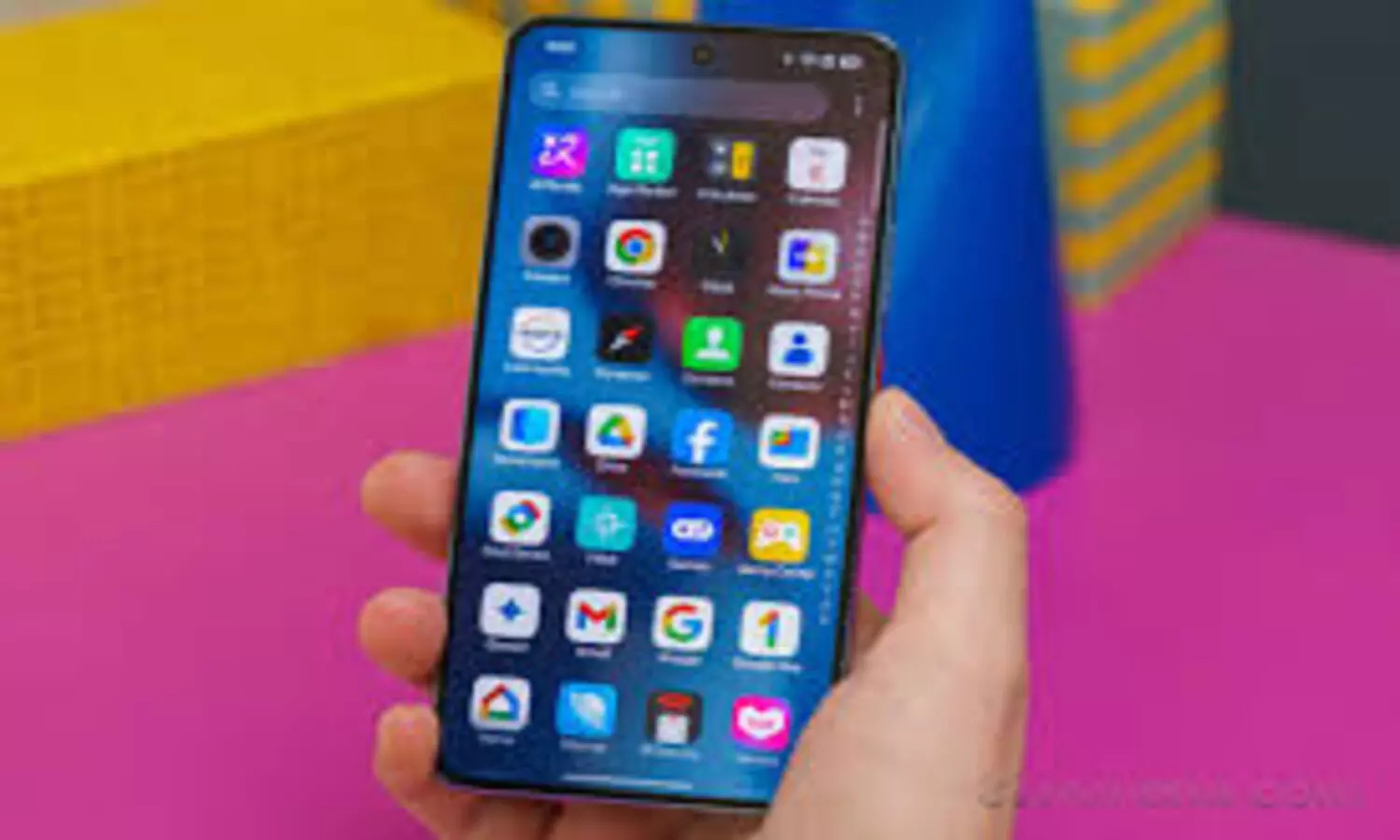The Android Hack You Need: Personalize Quick Settings in Seconds
QuickTiles unlocks hidden Android features. Control apps, media, and system tools from Quick Settings without complicated setups.
image for illustrative purpose

The Android operating system has taken a significant step forward in user experience with the help of a new open-source application called QuickTiles. The app has completely transformed the Quick Settings panel by introducing an array of new tiles that are added to the default Android grid in dozens, enabling users to have direct access to the most used tools and settings without having to go through a long navigatio...
The Quick Settings panel is basically the dropdown menu that is accessed by swiping from the top of the Android screen, and it is where the toggles for Wi-Fi, Bluetooth and the flashlight are usually located. The panel is quite functional but often does not feel very versatile. With QuickTiles, however, users can choose from a really extensive list of additional tiles, categorized in Media Controls, Open Apps, System Utilities, and Development Options.
Users under the Media Controls category with QuickTiles can get access to the Play/Pause, Next, Previous, and full Volume Panel tiles. This is a great convenience, especially in cases of nighttime or multitasking while you will not have to choose between opening the notification shade or pressing the physical buttons.
The Open Apps section is where the user can not only just open existing apps but create new ones by making a tile that launches almost any app or performs specific actions. For instance, users may have calculators, cameras, file managers, workout apps, playlists, or even specific folders or notes as their shortcuts.
The System Utilities tiles go beyond the standard Android options. Users can have the control over tasks like changing the default device settings via these ones: Screen Timeout, Keep Screen On, VPN toggle, Data Usage check, Screen Cast, and switching between the sound modes: Silent, Vibrate, and Normal with just one tap. These features make data monitoring and other such tasks faster and much easier.
For Android lovers, the Development category is a shortcut to Developer Options and hidden system features that are otherwise obscured under several menus. This arrangement is a time saver that's handy for users who often conduct trials or change settings related to device behavior.
QuickTiles use does not require root access, and its running is light in nature during which it is occupying little battery and causing no interference to the system unnecessarily. After the tiles are picked in QuickTiles, the users merely need to bring up the native Quick Settings panel, press the edit button, and move the new tiles to their desired locations. Placing the most used tiles in the top row will make daily interactions feel smoother.
The application blends perfectly with Android's current aesthetic, keeping the native look and feel. Users say that after the app's installation, the basic tasks like screenshot taking, mobile data checking, alarm setting, or using a counter function are speeded up markedly. QuickTiles really changes the Quick Settings panel from just being a simple control center to being a personalized productivity tool.
QuickTiles can be downloaded for free from GitHub and F-Droid, thus making it open to all people who have an Android device. Its adaptability, user-friendliness, and extensive customization options make it an essential app for those users who want to be efficient with their daily mobile operations.
The Development category of Android, for those who love the operating system, is like a shortcut to get access to Developer Options and to the hidden system functions that are otherwise very well protected under several menus. Thus, it is like a time-saving system for those users who often rely on the things like, testing or the tweaking of device behavior.
QuickTiles is a rootless app that takes a tiny bit of resources from the phone's system as it runs in the background, thus contributing to its battery-saving feature and not causing any unnecessary system interference. After the tiles have been chosen in QuickTiles, the user just has to open the standard Quick Settings panel, press the edit button, and move the new tiles to the desired positions. Placing the most-used tiles in the top row makes it very convenient for the users to do so throughout the day.
The app is not only user-friendly, but it also stays in line with the overall Android design language, and it looks just like the native one. The users have claimed that after the app is installed, the normal tasks like taking screenshots, checking mobile data, setting alarm clocks, or using a counter are much quicker than before. QuickTiles is turning the Quick Settings panel from just a basic control hub into a tool full of productivity that is customized for each user.
If you want to get QuickTiles, you can find it for free on GitHub and F-Droid thus it is available to anyone who owns an Android device.

